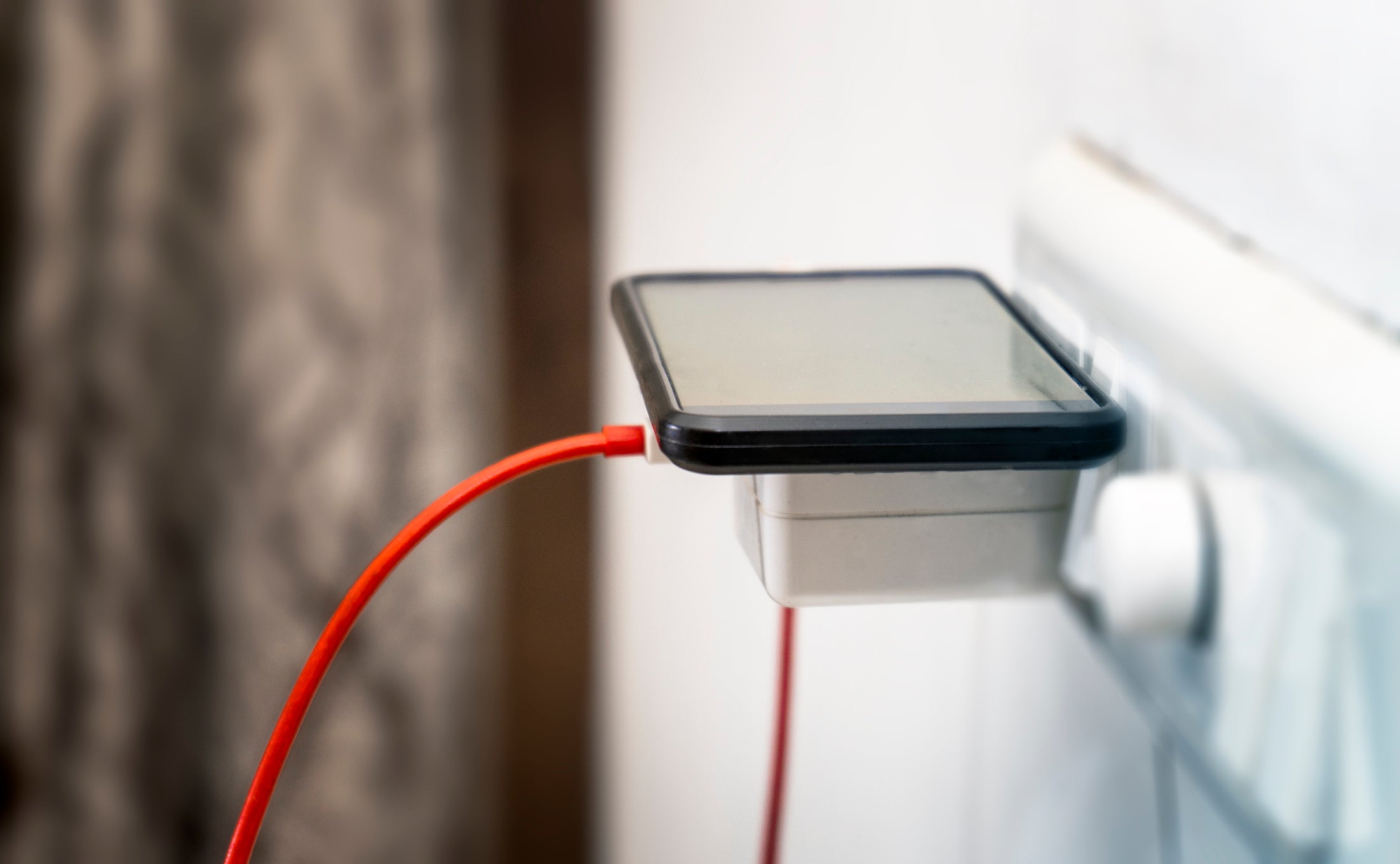How many chargers do you own? We’re surrounded by rechargeable electronic devices – mobile phones, laptops, smart watches, headphones, e-bikes and more.
You might have a phone charger plugged in next to your bed without ever bothering to switch it off at the wall or unplugging it when not in use. The same might go for a laptop charger by your desk.
But is that risky to do? And are there hidden costs associated with leaving chargers plugged in all the time?
What’s inside a charger?
Naturally, not all chargers are the same. Depending on the application and power requirement, their internal structure can range from very simple to complex.
However, a typical charger takes in the AC (alternating current) from the wall plug and converts it to a low-voltage DC (direct current) suitable for your device’s battery.
To understand the difference between DC and AC, consider the flow of electrons in a wire. In a DC circuit, electrons move in one direction and keep rotating in the circuit. In an AC circuit, electrons don’t circulate and only move back and forth.
The reason why we use both types of current goes a long way back, to the time when inventors Thomas Edison and Nicola Tesla battled over which type would become the default standard.
Today, we are still stuck between both. Electricity is traditionally generated in AC form, but modern appliances and batteries require the DC form. This is why almost every electrical appliance comes with an AC–DC converter.
To do the conversion from AC to DC, a typical charger needs several electrical components such as a transformer, a circuit for doing the actual conversion, filtering elements to enhance the quality of output DC voltage, and control circuitry for regulation and protection.
Chargers consume power even when not charging
“Vampire power” is real. If you leave it plugged in, a charger will continuously draw a small amount of power. Part of this power is used to keep the control and protection circuits running, while the rest is lost as heat.
When we look at an individual small charger, the vampire power – also known as standby power – is negligible. However, if you add up all the chargers in your home for various devices, over time, the wasted energy can be significant.
Standby power is not exclusive to chargers, either; other electronic devices such as TVs draw a little bit of standby power, too.

Depending on how many things you leave plugged in, over the course of the year, it could amount to several kilowatt hours.
That said, modern chargers are designed to minimise standby power consumption. These chargers come with smart power management components that keep them in sleep mode until an external device attempts to draw power.
There are other risks, too
Chargers wear out over time when electricity flows through them, particularly when the electricity grid voltage temporarily rises above its rated value.
The electricity grid is a chaotic environment and various voltage rise events happen from time to time.
Leaving your chargers exposed to these events will shorten their life. This premature ageing shouldn’t be alarming for modern devices, thanks to their improved design and control. But it is particularly concerning for cheap, uncertified chargers. These often lack appropriate levels of protection and can be a fire hazard.
How should I treat my chargers?
Although modern chargers are generally very safe and should be drawing minimal standby power, consider unplugging them anyway, if convenient.
If a charger gets warmer than usual, makes noise, or is damaged in any way, it is time for a replacement. And it definitely shouldn’t be left plugged in.
Glen Farivar is a Lecturer in Power Electronics at The University of Melbourne.
This article is republished from The Conversation under a Creative Commons license. Read the original article.







